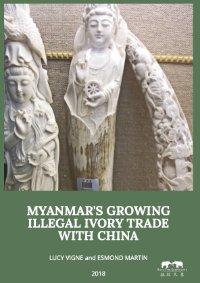By Jonny Steinberg
There are five species of abalone endemic to South Africa, but only one, Haliotis midae, is of any commercial value. Known in South Africa as perlemoen (from the Dutch Paarlemoer, meaning mother-of-pearl), it was endemic to several hundred kilometres of South African coastline stretching from Table Bay to the Eastern Cape before overexploitation threatened it with extinction.1 It is a large marine snail with a shell length of up to 230mm that lives in shallow water and takes seven to nine years to mature. It is believed to live for 30 years or longer.2 The story of its overexploitation is an extraordinary one. The meat of perlemoen has always been highly valued in East Asia, and South Africans were aware of its commercial value throughout the second half of the twentieth century. Unrestricted commercial harvesting began in South Africa in 1949. By the mid-1960s, about 2,800 tons of abalone were being taken from the sea annually. In a bid to stem overexploitation and protect the resource, seasonal quotas were introduced in 1970. The first annual quota (or Total Allowable Catch) was 700 tons, and decreased marginally and incrementally over the following two-and-a-half decades; by 1995, the annual quota was 615 tons.
Pretoria: Institute for Security Studies, 2005. 17p.





















